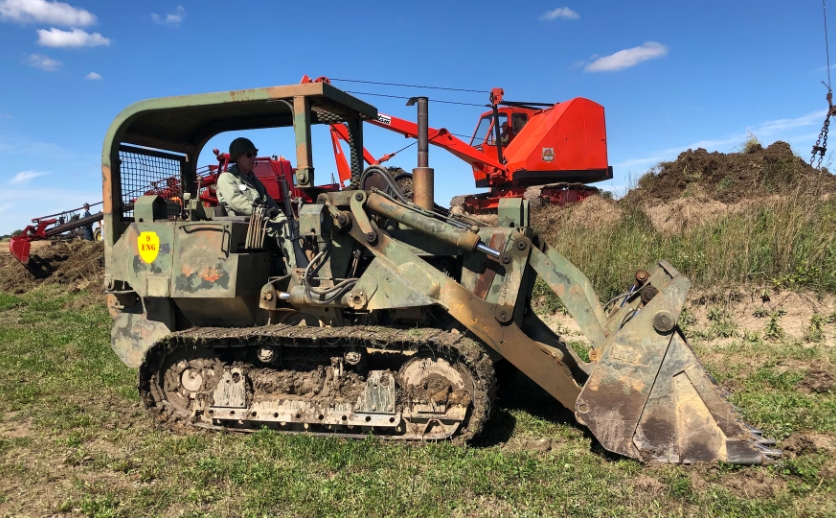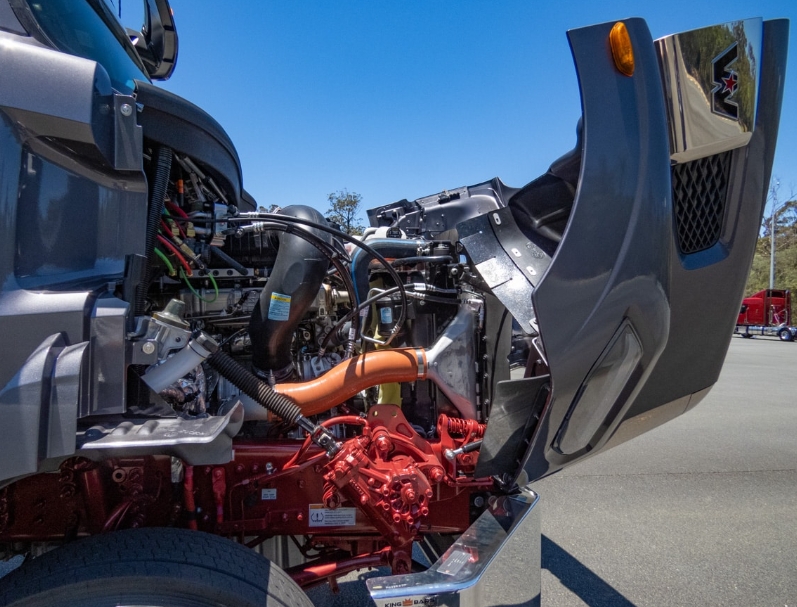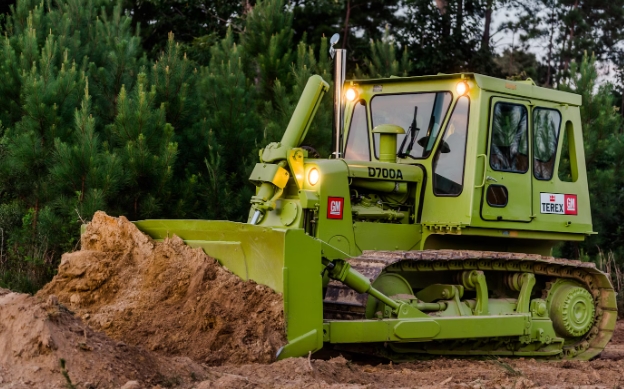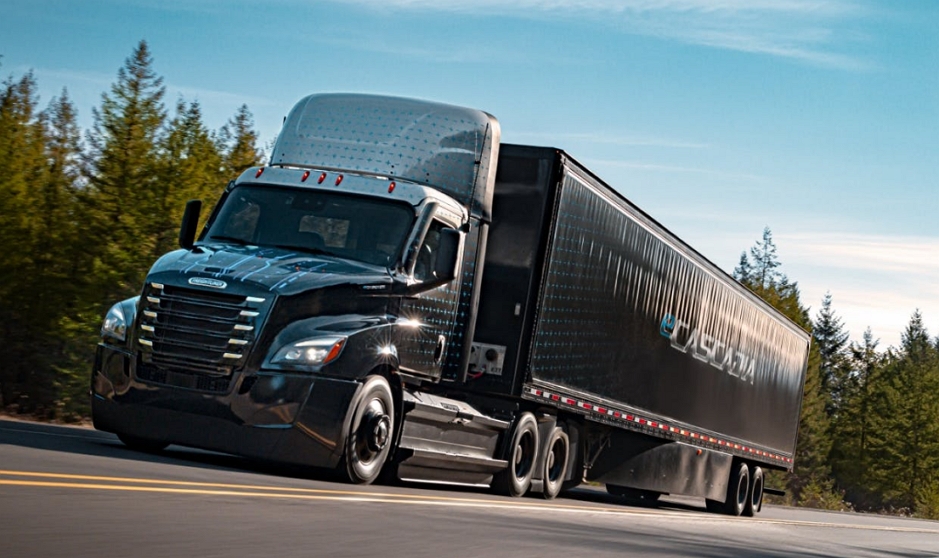
Preserving a slice of military history, Jim Carter proudly displays his 1972 Case Marine Corps 1150 track loader, delighting in sharing it with the public.
“Many are familiar with civilian models, but few have witnessed a setup like the military configuration,” explains Jim Carter, a retired nuclear-medicine technologist from Zionsville, Indiana.
Jim, who collects vintage equipment and trucks, sheds light on his unique perspective.
What also draws the crowds is the engine’s distinctive and robust roar, a departure from the usual sound of a Case engine. The reason behind this difference is simple: it’s not a Case engine.
“The Marine Corps had a special affinity for Detroit 2-cycle diesels, so they fitted that machine with a 4-53 Detroit engine, which makes it quite unique,” Jim explains.
“Whenever a Detroit engine is running at full throttle, you can easily identify it by its distinctive sound,” he adds. “That’s a big draw for many people. They really enjoy the powerful roar of the old Detroit engines.”
Carter has been an avid collector of vintage construction equipment for years and has a special fondness for mechanical draglines and crawler cranes.
He has a strong affinity for vintage military models and began his collection with a 5-ton military dump truck. Roughly a decade ago, he received a phone call from Fred Ropkey, the former owner of the Ropkey Armor Museum in Crawfordsville, Indiana. Ropkey, who has since passed away, had acquired the MC1150 from government surplus and utilized it on the museum grounds. He proposed selling it to Carter.
“I disliked the idea of those items ending up in a place where they could potentially be scrapped or left to deteriorate by someone who just wanted to create a pond and then disregard them,” expresses Carter.
Therefore, he decided to purchase it. Although it was operational, there was a transmission leak. Additionally, numerous track pins were seized, requiring the replacement of both track rails.
“I invested a substantial amount in the repairs,” Carter comments on the financial commitment. “However, it was a valuable piece that I couldn’t bear to part with.”
The nearby Case dealer had a skilled technician who had a passion for restoring old equipment.
“He took it upon himself to meticulously disassemble and repair the components that required attention. Ever since then, it has been running perfectly,” Carter explains.
With the assistance of Case’s corporate archivist, Carter managed to obtain the owner’s manual for the MC1150. This revealed that the military version was designed to be more robust than its civilian counterpart. It was equipped with a 1.75-cubic-yard 4-in-1 bucket, whereas the civilian model had a 1.5-cubic-yard bucket. The subsequent civilian model, the 1150B, eventually received the larger bucket.
“The military consistently opted for the multipurpose bucket, the 4-in-1, regardless of the brand or model, which often introduced extra weight and complexity to the machine,” Carter explains. “However, these features prove to be incredibly useful.”
The loader is equipped with a rack positioned behind the operator’s seat designed to accommodate three jerry cans of additional fuel. While the ROPS canopy was not part of the original configuration for Carter’s model, it was later added by the Marine Corps.
An intriguing feature of the loader is its ability to turn without using the pedals. By manipulating the levers to engage one track forward and the other in reverse, the machine can counterrotate.
Regarding its performance, Carter holds a favorable opinion.
“It’s one of the few tractors that I actually enjoy operating,” he remarks.




